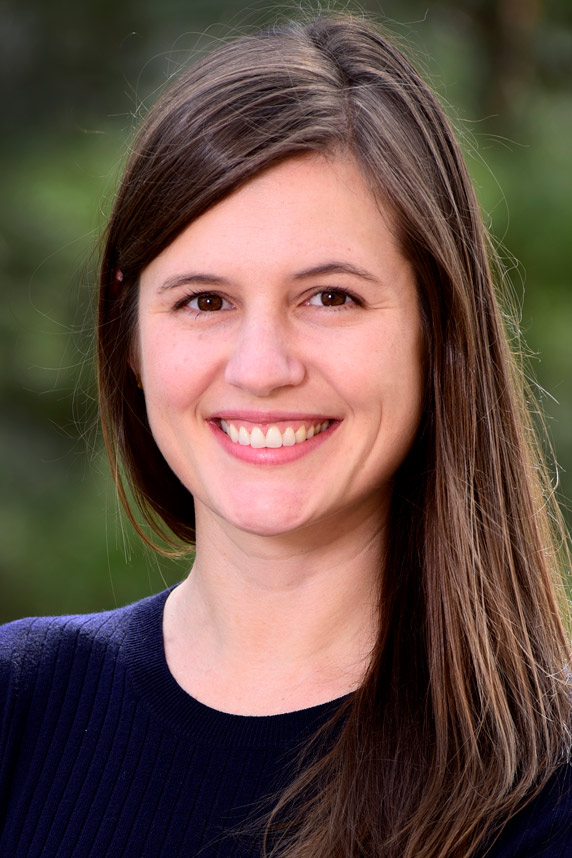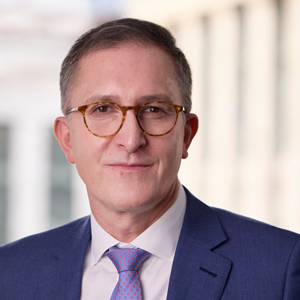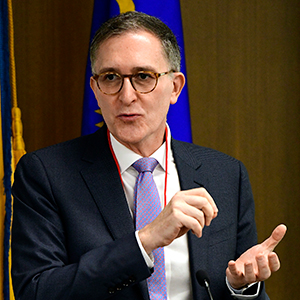Strengthening environmental health sciences research begins with building more diverse and inclusive research teams, according to presenters at the 169th meeting of the National Advisory Environmental Health Sciences Council (NAEHSC) held June 6-7. The diversity, equity, inclusion, and accessibility (DEIA) theme weaved together the hybrid session, as the Council discussed the NIEHS strategic plan, research funding strategies, and strengthening peer review, among other topics.
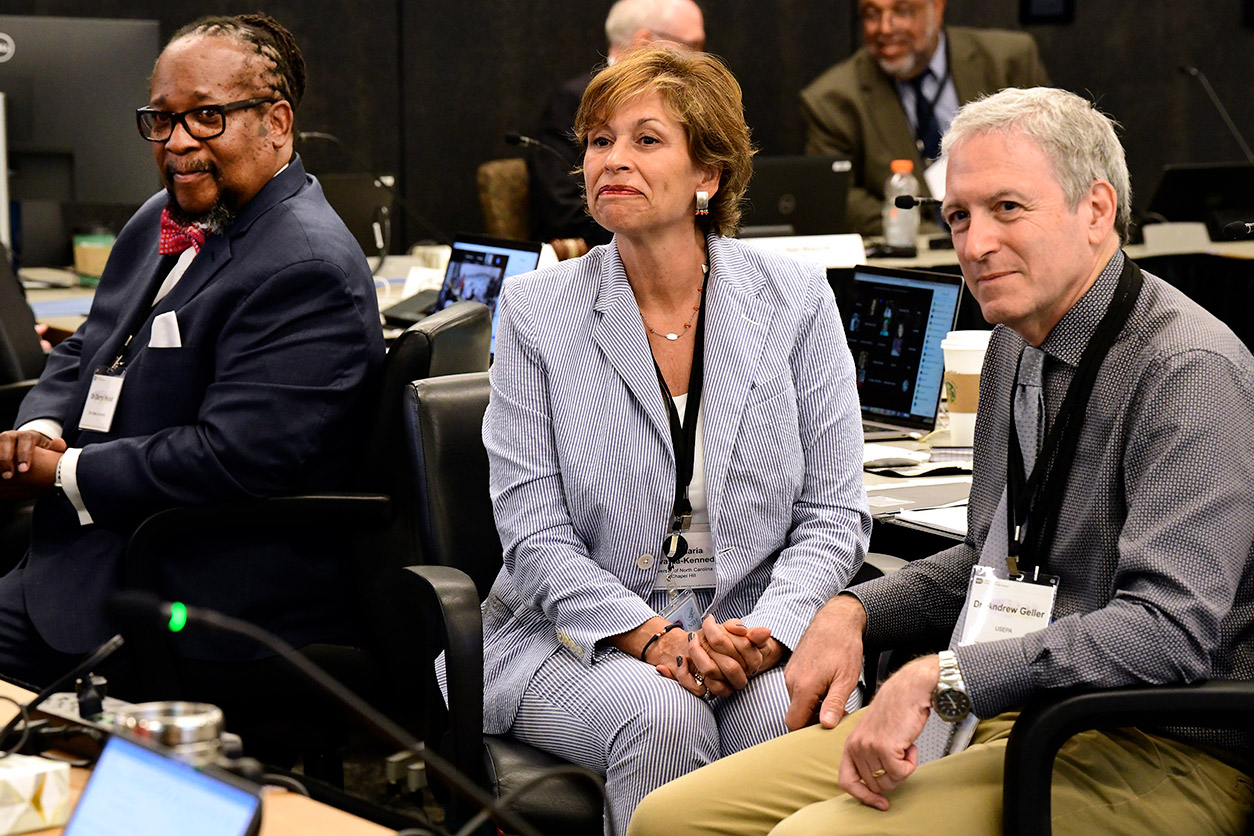
DEIA at the fore
Improving equity across NIEHS and the wider environmental health sciences community has been a focus of work groups led by Deputy Director Trevor Archer, Ph.D., and council member Karen Vasquez, Ph.D.
“We really want to have this be a cultural change — rather than being just a set of policy directives — and something that people can embrace, understand, and accept, and be really committed to,” Archer said.
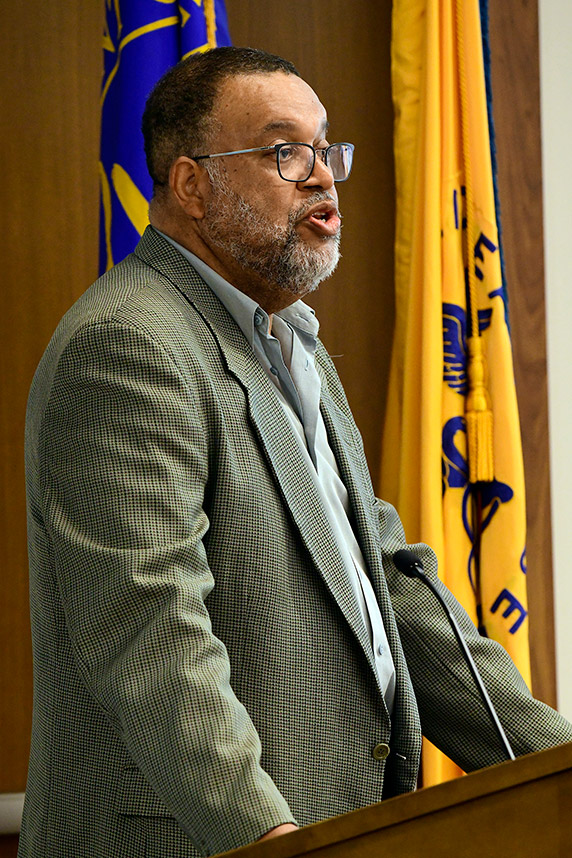
To refine institute policies and staffing, Archer outlined the main goals of the NIEHS Racial and Equity Plan (REEP), a National Institutes of Health (NIH) UNITE initiative. The implementation team is working to apply a framework called the racial and ethnic equity lens; identify and dismantle any racial and ethnic disparities in the NIEHS workforce; and enhance the diversity of the NIEHS workforce.
Such efforts will complement the work of an independent 15-member council work group, which was tasked with advising NIEHS leadership on DEIA issues. Vasquez, a professor of pharmacology and toxicology at the University of Texas, led the work group for the past two years and submitted a final report to Rick Woychik, Ph.D., director of NIEHS.
Putting DEIA principles into practice is possible in the environmental health field, as evidenced by presentations from Ana Diez Roux, M.D., Ph.D., of Drexel University, and Mark Reed, Ph.D., of San Diego State University. Their respective Faculty Institutional Recruitment for Sustainable Transformation (FIRST) Programs created self-reinforcing communities of scientists committed to diversity and inclusive excellence.
Director’s updates

Woychik shared updates regarding development of the NIEHS Strategic Plan as well as his vision for collaboratively identifying how the environment influences health. Central to that vision is improved understanding of the exposome, or the tangible measure of all the external or environmental forces acting upon a person and the body’s response to them.
“The concept of exposomics is gaining significant attention and support at other institutes,” Woychik said. “We have to be thinking about what we can be doing with the knowledge and structure that we have to accelerate and promote exposomic science.”
Woychik described efforts to coordinate exposome research across the globe and incorporate environmental exposures into the NIH All of Us Research Program.
In addition, he said a comprehensive effort to bring understanding of the role of environmental exposures in health to the medical community is needed. Physicians could then take the information to their patients to advance health.
Funding strategy refresh
Faced with the prospect of a flat or reduced budget in fiscal year 2024, Division of Extramural Research and Training (DERT) Director David Balshaw, Ph.D., sought Council members’ input about how the institute awards funds to grantees around the country.
“We have a lot of new players and perspectives on our budget,” Balshaw said, explaining what prompted the conversation about the division’s funding strategies. “And fiscal year 2024 is looking to be quite challenging.”
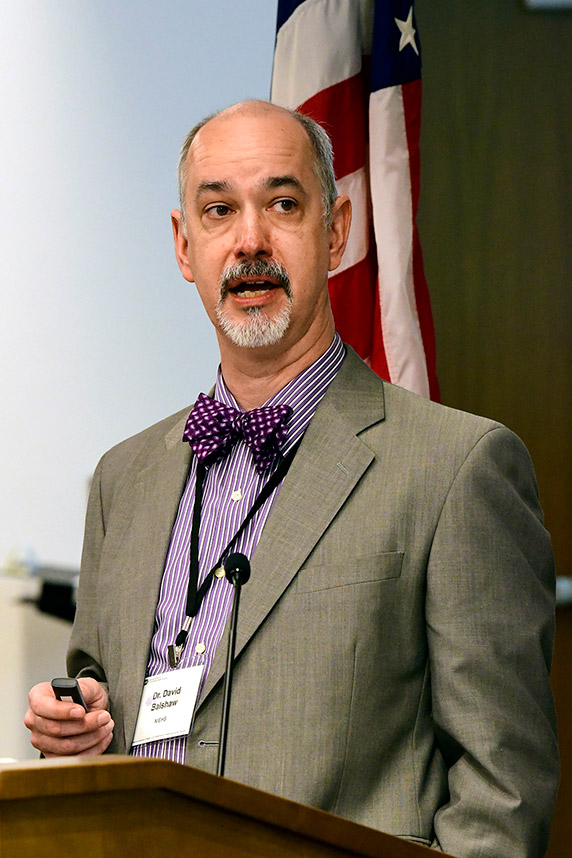
He pointed out that over the past five fiscal years, the top 25 universities received more than half of NIEHS funding to academia, which was $1.1 billion or 86% of NIEHS total investments. Sixty institutions received more than $10 million, and six states — California, New York, Massachusetts, North Carolina, Texas, and Michigan — received more than half of NIEHS total funding during this five-year period.
Efforts to refocus first-level review on the scientific or technical merit of grant applications and mitigate reputational bias in the peer review process also are underway, according to Noni Byrnes, Ph.D., director of the NIH Center for Scientific Review.
The next NAEHSC meeting is scheduled for September 12-13, 2023.
(Ernie Hood is a contract writer for the NIEHS Office of Communications and Public Liaison.)





